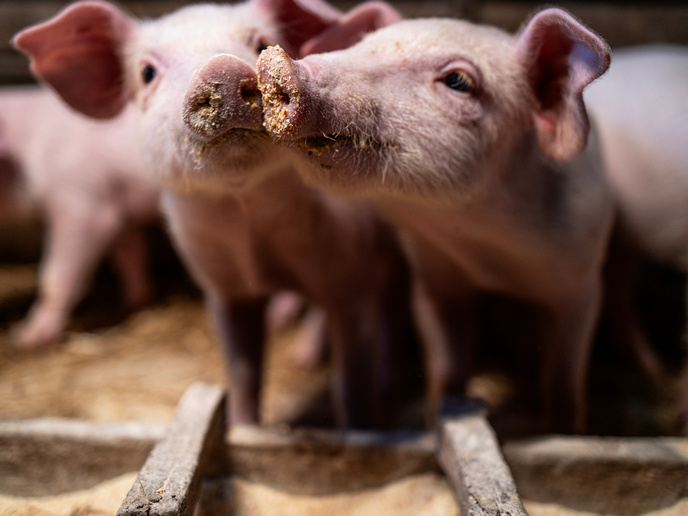Digital twins boost agricultural efficiencies
Europe’s agri-food sector is currently between a rock and a hard place. While inflation and energy prices are driving up costs, regulations concerning safety and environmental performance are becoming stricter. “Compliance with these regulations can make it harder to keep costs down,” explains BBTWINS(opens in new window) project coordinator Daniel De la Puente from the National Center for Food Technology and Safety(opens in new window) (CNTA) in Spain. “This means either reducing profits or transferring costs to the consumer, fuelling the loop.” The BBTWINS project received funding from the Circular Bio-based Europe Joint Undertaking(opens in new window), a public-private partnership.
Digitalisation for agri-food industries
The EU-funded project set out to identify the pain points of two key agri-food industries – pork meat and stone fruits. The team wanted to assess the benefits of integrating digital technologies capable of alleviating these burdens. “For instance, weighing pigs is often carried out by visual inspection by a trained farmer,” says De la Puente. “This can sometimes lead to inaccuracies, and result in different curing rates that can impact final product quality.” The project team began by sitting down with farmers and food production companies in Spain and Greece to better understand the intricacies of various processes. This enabled the team to orient solutions towards real-life challenges. Proposals to optimise certain processes were then put forward. End users were shown specific areas where digitalisation, sensors, traceability and logistic improvements could be applied.
Digital twins for the agri-food industry
From this, platforms based on digital twins(opens in new window) technology were developed. This involved creating real-time digital replicas of specific physical processes in the agri-food industry, such as the weighing of pigs. A key advantage of this technique is that processes can be examined, altered and tested without disrupting existing value chains, avoiding any negative consequences. “The development of these digital twins involved constant feedback with end users,” adds De la Puente. “The aim of this was to align platforms as closely as possible with current operational systems, and to improve interfaces and the quality of information provided.” One of these innovations involved artificial intelligence (AI)-powered vision to accurately weigh pigs. This was shown to produce homogeneous batches of hams, and therefore more consistent final products. “The technology can also track pig weight over time, with measurements automatically recorded,” notes De la Puente. “This should theoretically make it easier to detect illness, compare growth rate variabilities at different locations, and better understand the impact of different feed formulas.”
Artificial vision, artificial intelligence and process simulation
The project has shown that digital twins that embed – in one single platform – different technologies such as sensors, artificial vision and process simulation can help to optimise agricultural businesses. User interfaces and dashboards were also designed to provide meaningful insights. “We believe BBTWINS has shown that digital technologies, if applied wisely, can help to solve specific, industry-relevant challenges,” says De la Puente. “There is still a digitalisation gap in the agri-food sector, but we have shown that producers can get a clear return on investment in a very short period of time.” De la Puente and the team expect technologies such as artificial vision, artificial intelligence(opens in new window) and process simulation to become ever more popular, and embedded in everyday food industry practices.







